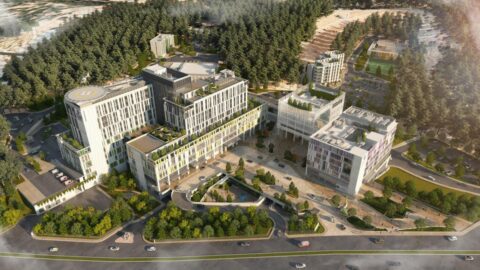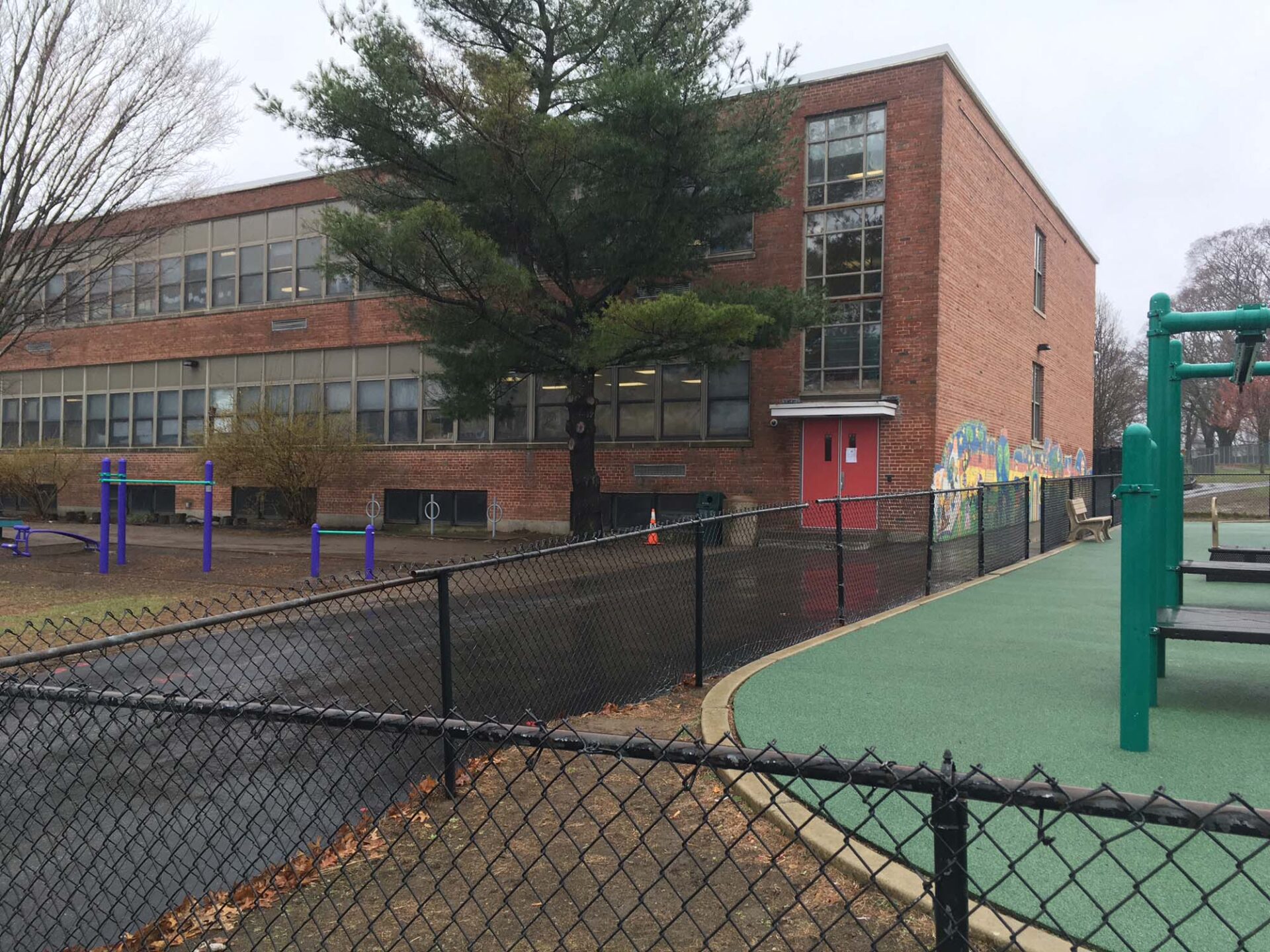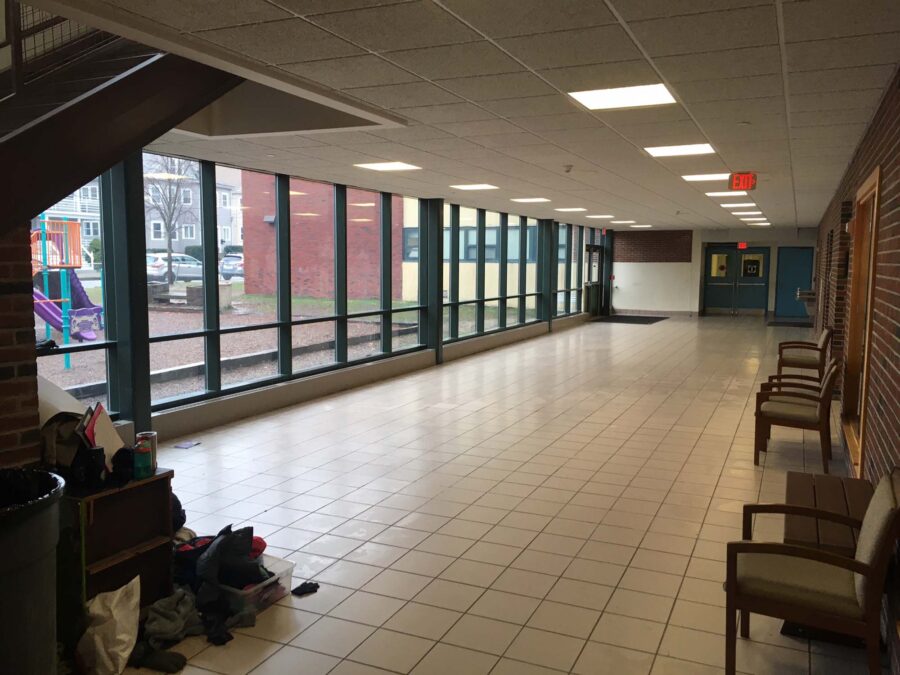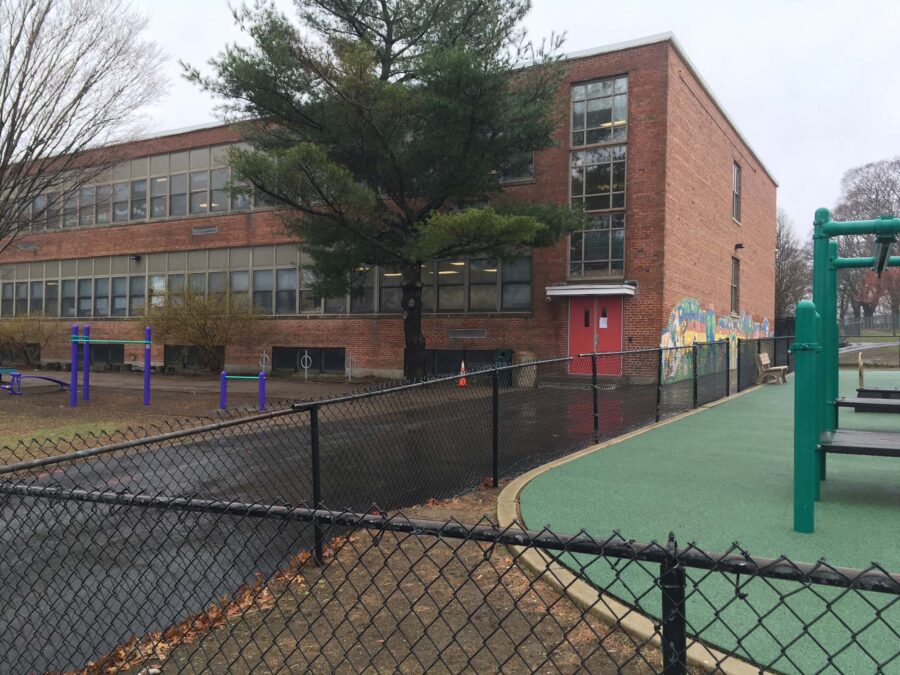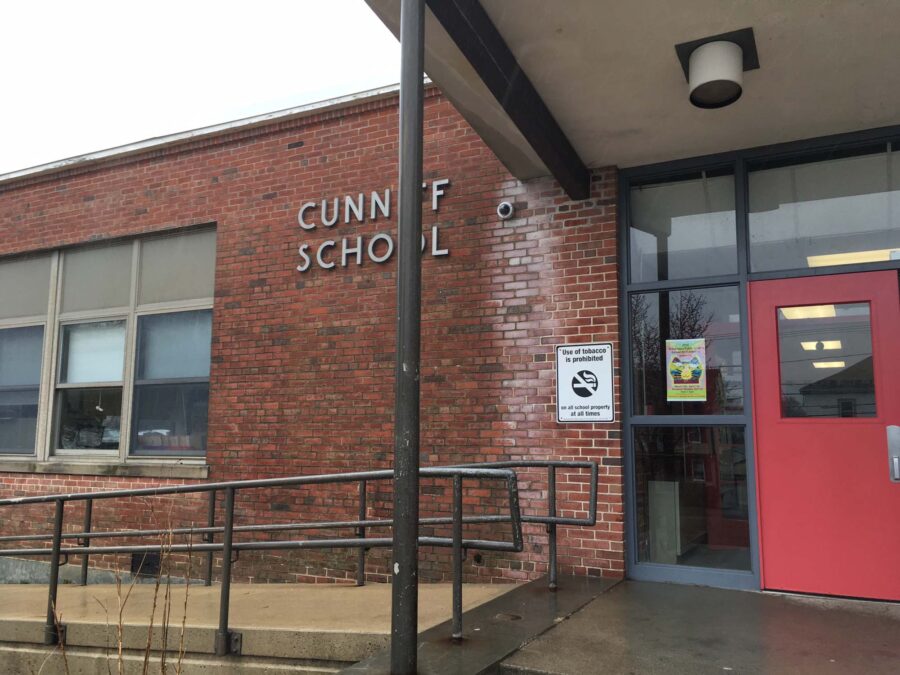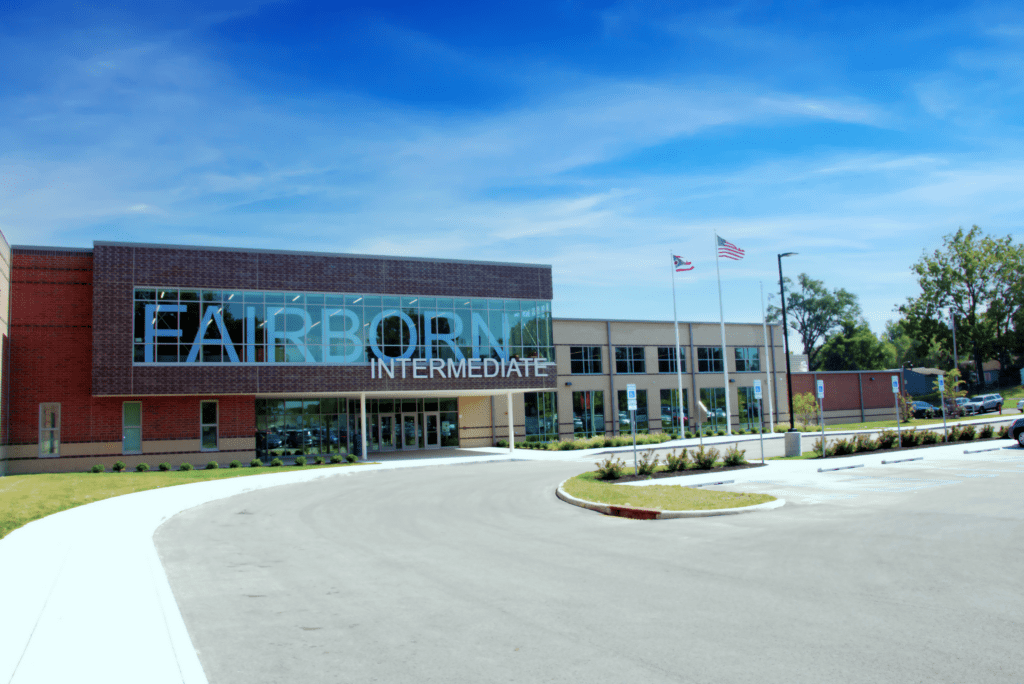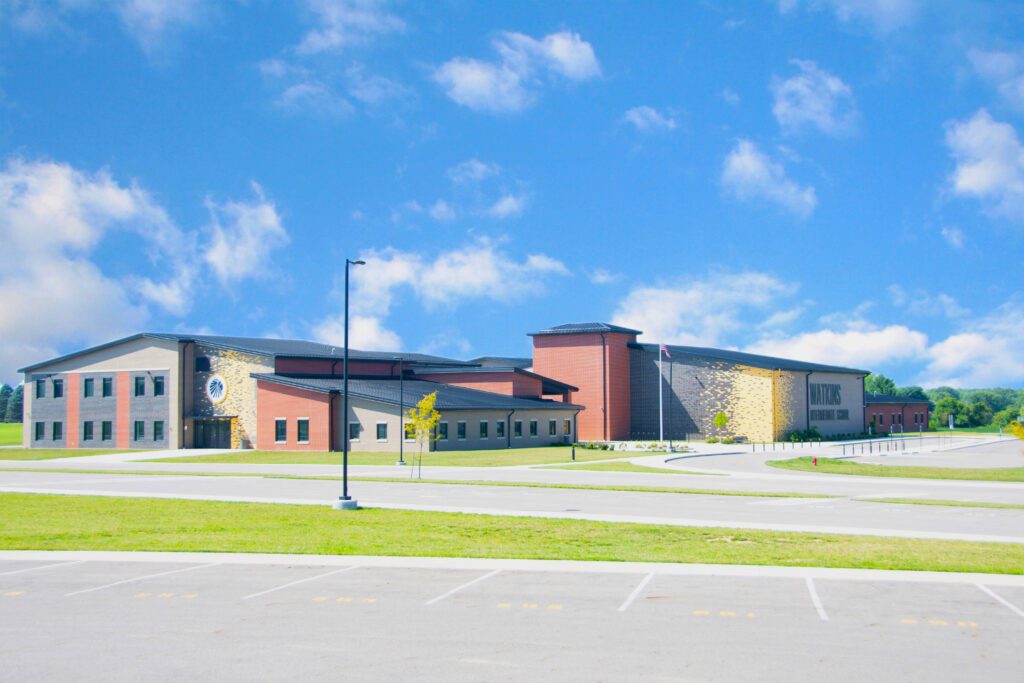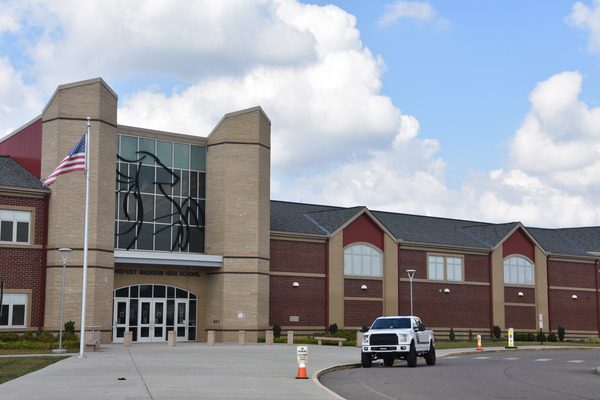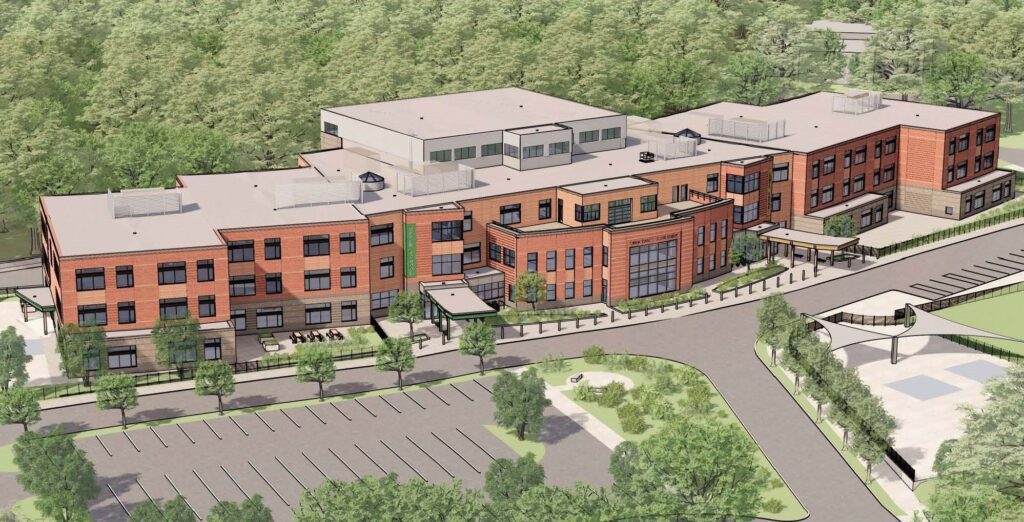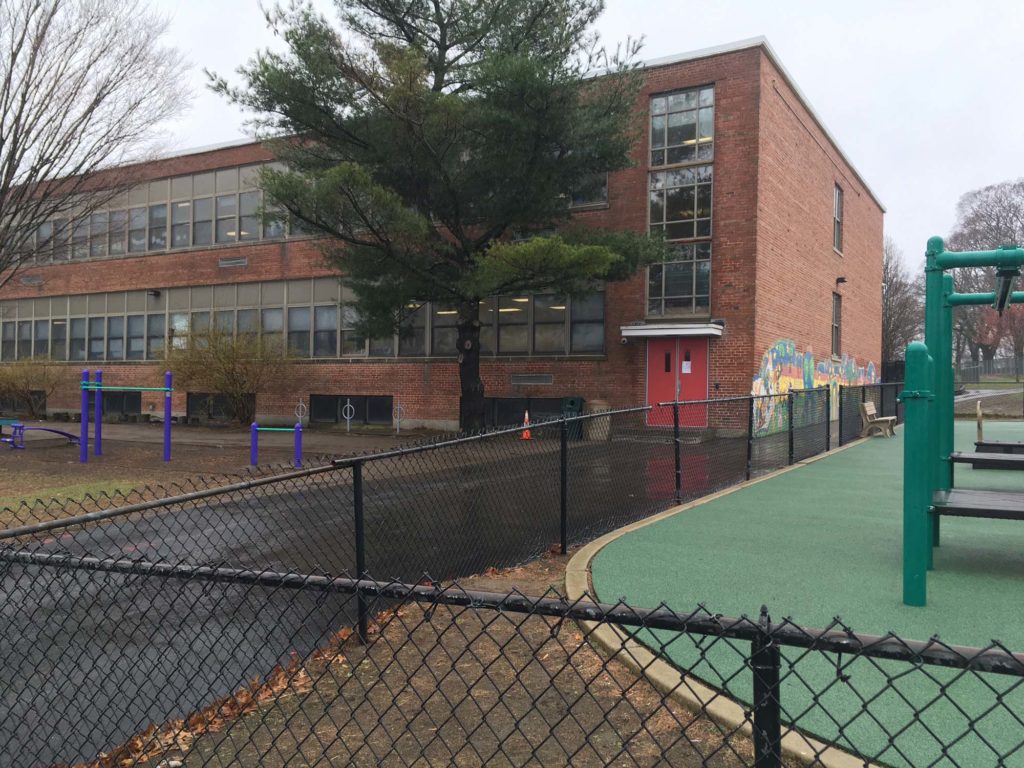To accommodate a growing population, repair outdated components, and support modern educational experiences, the City of Watertown, MA, is upgrading its elementary school facilities. These projects involve several challenges, both planned and unplanned, from a novel contracting plan, to the new normal of building during COVID-19, to protecting the educational experience while construction was underway. Rebuilds at Hosmer and Cunniff Elementary Schools are packaged as one project, with the renovation of Lowell Elementary School standing alone. Electing to package the work this way streamlines the construction process and provides consistent quality across all projects.
COVID-19 impacted all aspects of the project, but specifically created difficulties coordinating work with residents close to the work sites. Watertown’s elementary schools are in densely populated neighborhoods, and COVID-19 forced many in the surrounding area to work and study from home, necessitating an increased emphasis on keeping everyone informed and noise and dust control.
Hill held School Building Committee meetings and public forums via Zoom, sending out mail and emails, went door to door, and worked closely with community leaders to keep people updated on construction plans. On the other hand, COVID-19 also created an opportunity. After verifying the site and the team had adequate COVID-19 protocols in-place, Watertown approved the commencement of construction.
The work at Hosmer, which is the biggest of the schools, was divided into two construction phases. During the first phase, the project team demolished a large building on Hosmer’s campus and reconstructed it. Meanwhile, most students, teachers, and administrators were still able to use a smaller facility on site. Preschool students and teachers were transferred to a separate building off campus. Since the demolished facility held multi-purpose spaces, such as a gym and a cafeteria, the smaller facility is still large enough to meet the educational needs of non-preschool students with some adjustments for mealtimes and extracurricular activities. Eventually, students will move into the new building and then the City will begin demolishing the smaller Hosmer building to create a play area and open spaces. This two-phased approach provides the best value for the City and will allow its educational services to continue uninterrupted at Hosmer.
At Cunniff, the City leased a property from the Archdiocese of Boston that sits outside the City’s jurisdiction. This move required a lot of planning and extra work, such as adding bussing and modifications to make the property suitable for a public school. But, this solution provided a cost savings to the project and allowed the City to reduce the project duration by more than a year. And, once the Cunniff project is complete, the students at Lowell will be bussed to the archdiocesan property for school and construction can begin on the Lowell property.
 menu
menu
 menu
menu
